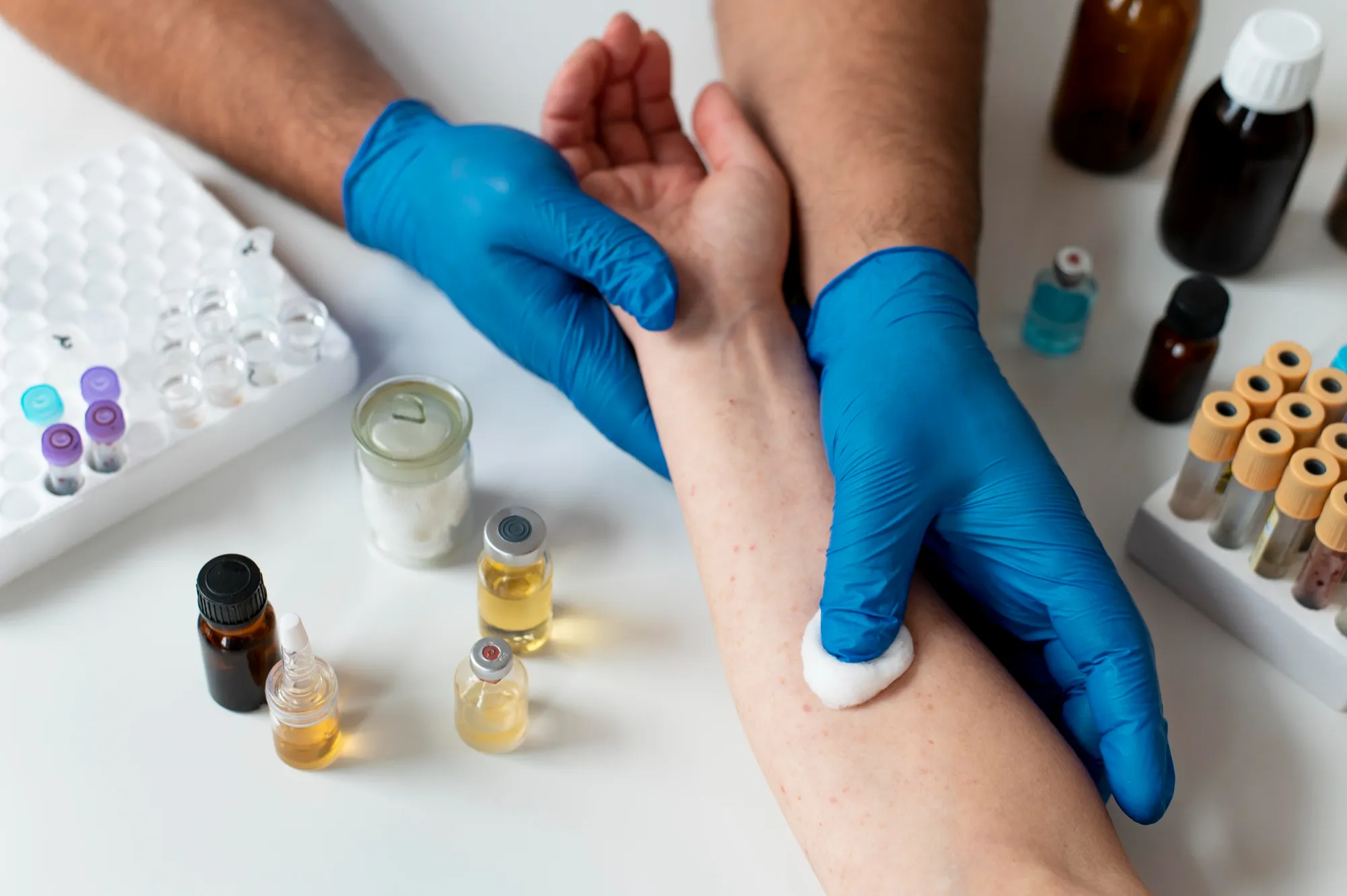The intricate dance between inflammation and tissue regeneration is a subject that continues to intrigue and challenge the scientific community. In recent times, the Wnt signaling pathway, originally recognized for its importance in development, has come under the spotlight for its role in moderating inflammatory response and facilitating tissue repair. A comprehensive review provided in “Current Protein & Peptide Science” delves into the depths of this signaling pathway, unraveling its dual nature in inflammation and regenerative biology. Authors Zhou Yang, Joy Jin, Mei Feng, and Di Zhu from the Fudan University and Harvard College shed light on the latest findings in the field.
The Interplay of Inflammation and Regeneration
Inflammation, traditionally seen as an enemy to health due to its link with diseases like fibrosis, is being reevaluated for its allies—the cytokines, immune cells, and stem cells that assist in the repair of injury. When inflammation works in favor of tissue regeneration, it accelerates healing processes and improves recovery outcomes.
Wnt Signaling: A Balancing Act
The Wnt signaling pathway certainly steals the limelight for orchestrating this delicate balance, functioning through two pathways: the canonical and the noncanonical. The canonical pathway is known for its role in cell proliferation, while the noncanonical pathway is associated with cell differentiation and migration—both essential to maintaining cellular homeostasis during repair.
Canonical and Noncanonical Wnt Signaling in Healing
Harnessing these pathways is crucial for effective healing. For instance, the timely activation and deactivation of the Wnt/β-catenin canonical pathway are imperative for proper bone repair, a balance often disrupted in diseases like fibrodysplasia. On the other hand, noncanonical pathways, such as the Wnt/Ca2+ and Wnt/planar cell polarity (PCP) workflows, are indispensable for skin wound healing and the regulation of scar formation.
The Wnt Coalition with Cytokines and Cells
Dive deeper, and you’ll unravel how Wnt interacts with various cytokines and cells to modulate the inflammatory environment. It plays a dual role, sometimes promoting inflammatory cytokine production to propagate an initial defensive inflammation and at other times, steering the formation of anti-inflammatory cytokines to promote healing.
Groundbreaking Research and Applications
The endeavors of scientists like Yang, Jin, Feng, and Zhu have paved the way for potential therapeutic applications. Their work emphasizes how targeting the Wnt pathway could be a strategy to treat chronic wounds and inflammatory diseases, by either enhancing or dampening the Wnt signaling as needed.
Promising Future, But Proceed with Caution
Despite promising evidence, researchers warn of the complexities involved in manipulating Wnt signaling. While it offers an attractive target for regenerative therapies, there is a need for cautious optimism, as rudimentary modulation could lead to tumorigenesis or further tissue damage.
Empowering the Scientists
The review underlines the potential that lies in continued research into the Wnt signaling pathway. For scientists and clinicians looking to combat inflammatory diseases and promote tissue regeneration, this could become a cornerstone of novel treatment strategies.
DOI and References
The original paper, bearing the DOI: 10.2174/1389203720666190507094441, is a testament to the extensive research done in this niche of regenerative biology.
For further reading and deeper understanding, here are five references:
1. Clevers, H., Loh, K. M., & Nusse, R. (2014). Stem cell signaling. An integral program for tissue renewal and regeneration: Wnt signaling and stem cell control. Science, 346(6205), doi: 10.1126/science.1248012.
2. Nusse, R. (2012). Wnt signaling in disease and in development. Cell Research, 22(1), 28–32, doi: 10.1038/cr.2011.177.
3. Staal, F. J., Luis, T. C., & Tiemessen, M. M. (2008). WNT signalling in the immune system: WNT is spreading its wings. Nature Reviews. Immunology, 8(8), 581–593, doi: 10.1038/nri2360.
4. Mao, B., & Gao, J. (2014). The Wnt signaling pathway effector TCF7L2 and type 2 diabetes mellitus. Molecular Endocrinology, 28(11), 1778–1787, doi: 10.1210/me.2014-1106.
5. Komiya, Y., & Habas, R. (2008). Wnt signal transduction pathways. Organogenesis, 4(2), 68–75, doi: 10.4161/org.4.2.5851.
Keywords
1. Wnt Signaling Pathway
2. Inflammation and Tissue Repair
3. Regenerative Biology
4. Cytokines in Healing
5. Wound Healing Research
In summary, this comprehensive review provides profound insights into the dual role of Wnt signaling in inflammation and tissue repair. It presents compelling evidence for its regulation of cell proliferation and differentiation, its interplay with cytokines, and its promise in regenerative medicine. As the field of tissue engineering and regenerative biology grows, understanding the role of signaling pathways such as Wnt brings us one step closer to groundbreaking therapies that harness the body’s own mechanisms for healing and regeneration.
